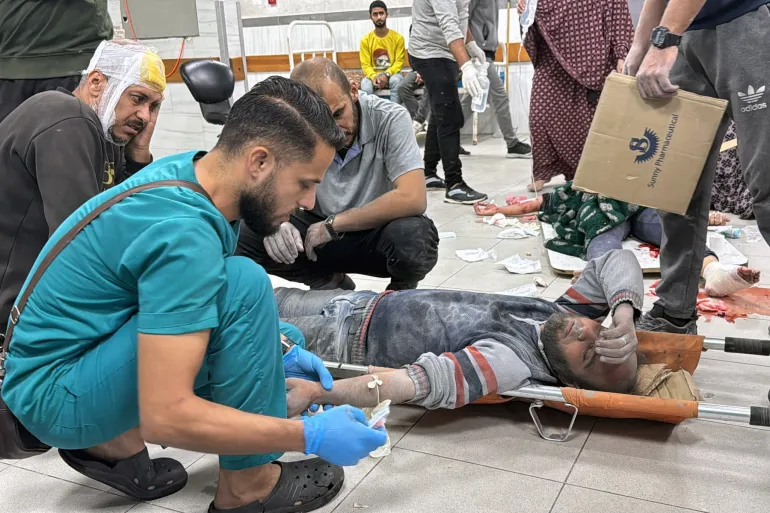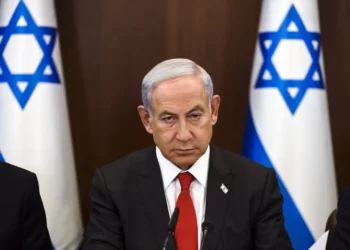The United Nations humanitarian office has said that Israel’s monthlong offensive in northern Gaza is preventing the estimated 75,000 to 95,000 Palestinians from receiving essential items for their survival.
Also, Louise Wateridge, senior emergency officer for the UN agency for Palestinian refugees in northern Gaza, disclosed the situation for Palestinians under Israeli siege.
Wateridge noted that for an entire month, all attempts by humanitarian organisations to deliver food to people in the besieged areas of northern Gaza have been blocked by the Israeli authorities.
The Israeli military body handling aid to Gaza, COGAT, said it has built inspection facilities and paved roads around the Kissufim crossing, located near the centre of Gaza.
It said that food, aid, and fuel will soon be able to be delivered through the crossing, but did not say when it will open or if aid will be delivered to northern of Gaza, where the UN and aid groups say the humanitarian situation is most severe.
Wateridge added that the only UN assistance allowed into north Gaza since the start of the siege were supplies to hospitals during medical evacuation missions.
Healthcare conditions in northern Gaza remain critical with the Kamal Adwan Hospital hit twice in the past week, and the delivery of life-saving supplies to the al-Awda Hospital denied.
Also, the officer said that humanitarian workers are not able to do their work in safety.
Palestinians in the besieged north have no protection as the bombardment continues.
People have been left to their fate in the streets, and many remain trapped under rubble with no possibility to save them. On Thursday, people in parts of northern Gaza were ordered out again by Israel’s army.
An initial estimate indicates about 14,000 are displaced Palestinians in that area, which includes three UNRWA facilities and six makeshift shelters.
In Gaza City, two UNRWA schools sheltering families were hit by strikes yesterday. Reports indicate 17 people have been killed and many others injured.
More than 42 million tonnes of rubble and a large concentration of explosive hazards pose an imminent threat to civilians, while the entry of specialised personnel and equipment and the conduct of explosive ordnance disposal activities are restricted.
In central and southern Gaza, more than 100 kitchens producing 400,000 meals a day are at risk of shutting down because of supply shortages.
About 40 trucks loaded with essential medical, hygiene products, and reproductive health supplies are waiting at the Egypt and Jordan borders to enter Gaza.
An estimated 10 percent of all journalists working in Gaza have been killed since October 2023, as the Israeli authorities still ban the entry of foreign media workers.
About half a million people are at risk in areas of flooding.
Majority Of Those Killed In Gaza; Women And Children
Moreover, the UN Human Rights Office stated that nearly 70 percent of those killed in Israel’s ongoing war on Gaza are women and children, calling it “a systematic violation of the fundamental principles of international humanitarian law.”
The office noted that most of the verified deaths in Gaza were children between the ages of five and nine.
Volker Turk, the UN human rights Chief said that it is essential that there is due reckoning with respect to the allegations of serious violations of international law through “credible and impartial judicial bodies and that, in the meantime, all relevant information and evidence are collected and preserved.”
About 80 percent of the victims were killed in residential buildings, out of which 44 percent were children and 26 percent women, the report said.
Israel’s continuation of these attacks “demonstrates an apparent indifference to the death of civilians and the impact of the means and methods of warfare selected.”
READ ALSO: Fitch Predicts Slower Growth for Ghana in 2025 Amid Post-Election Austerity Measures




















